Mother fern: Asplenium bulbiferum
I am very fond of ferns. They are easy plants to like. Their delicate foliage and ability to grow in shade makes them useful and beautiful. But I have never quite got to grips with them – a bit like conifers. This is my fault because I have never quite studied them enough to get to grips with their classification. But this does not stop me liking them – just don’t ask me to name more than a dozen or so.
Of course part of the trouble is that they don’t have flowers or seeds. But these primitive plants that have not lost their dependence on water in the same way as most flowering plants, especially for reproduction, have a wealth of forms, shapes and sizes and there are some that are very distinctive and easy to name.
So today we have Asplenium bulbiferum*.
This lovely fern with fine, carrot-like foliage in glossy green and scaly, blackish stems is native to New Zealand where it always grows in damp places, often near water. It is a gracefully arching plant with fronds up to about 45cm long so a full grown plant can be at least 30cm high and up to 60cm across. It is a robust plant but is not hardy. It will tolerate temperatures down to freezing every now and then but it is much better kept a few degrees higher than that. In the UK and Ireland it should be treated as a houseplant for a cool room or a conservatory or greenhouse or for use outside in summer in a shady plant.
In New Zealand it is called pikopiko and is used as a vegetable. The unfurling fronds are picked and eaten. This is unusual because not many ferns are foods and many are carcinogenic.
But what also makes this fern unusual and so easy to identify, hence my liking for it, is the way that small ‘fernlets’ spring up all over the fronds once they are mature.
These start off as little black, scaly bumps but soon a single frond emerges. Then a few more, successively larger until there is a miniature fern plant and when there are dozens of these on each frond the sheer weight of them pulls the frond down and onto the soil where the fernlets root.
My plant needed repotting and I took this opportunity to remove some plantlets (I got 36 off one frond) and put them in trays to root. They were gently placed so the bulb was just under the compost surface and given a good watering and placed in the heated propagator. I covered them with plastic and it is important to maintain humidity around them. In general this is not a fern that tolerates drying out and especially not at this stage. The main plant was potted into a slightly bigger pot using a coarse, humus-rich mix – I sieved some multipurpose and kept and used the big lumps that remained in the sieve.
If lots of my fernlets root and grow I will use then outside in containers in shade this summer – I have lots of ideas.
Geoff’s rating
9/10 – fun and pretty
Garden rating
7/10 – not hardy
* Of course nothing is that simple! Apparently much of the stock sold, and, I suspect particularly in Europe, is not Asplenium bulbiferum at all but a hybrid of this with an asplenium from Norfolk Island. Apparently this was raised in the UK as a hybrid of A. bulbiferum and A. dimorphum. It is called A. x lucrosum.
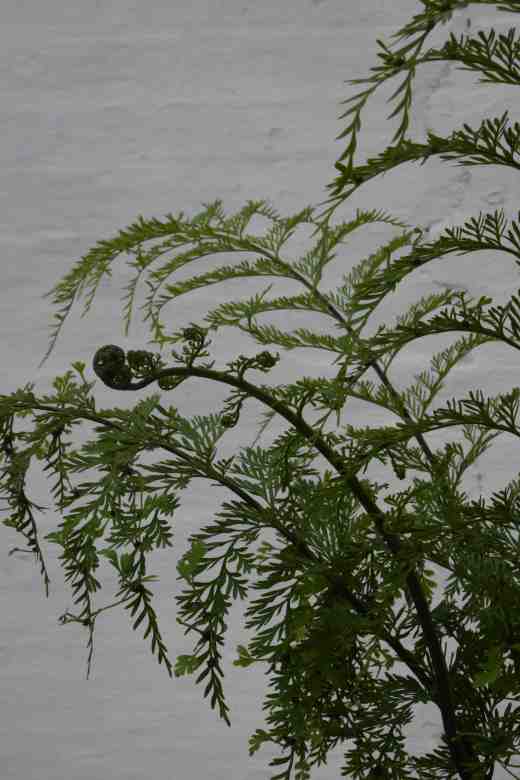
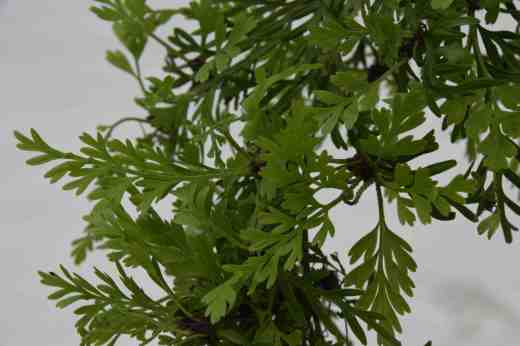
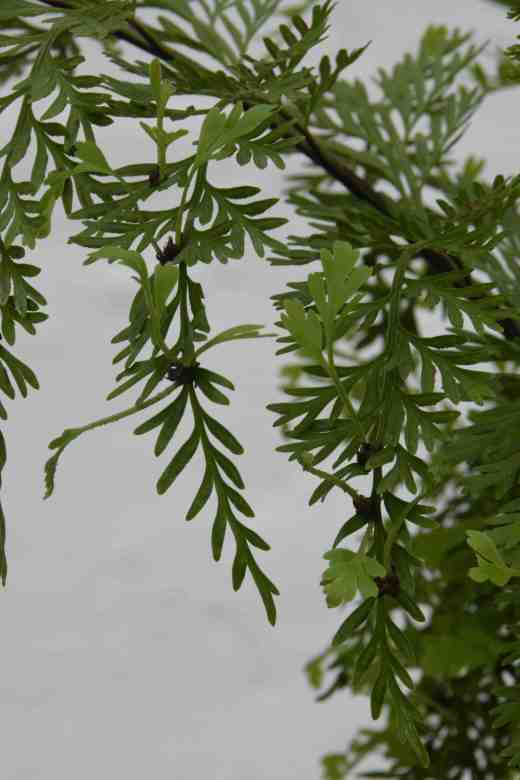
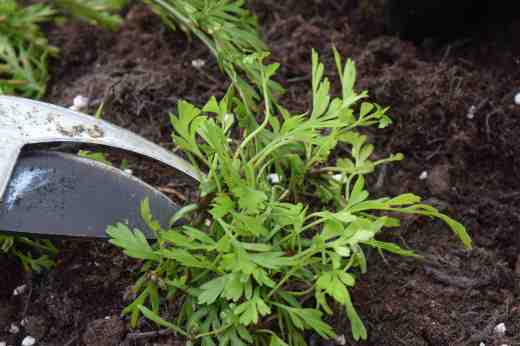
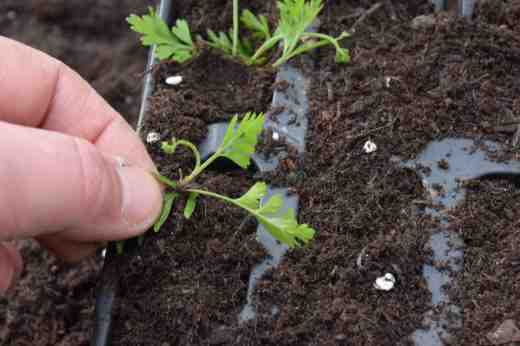
No comments yet.